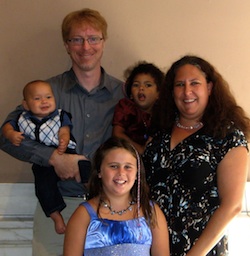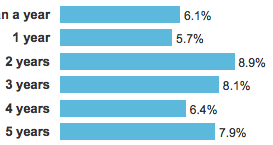CSS Modules Throughout History
Published 14 years, 2 months pastFor very little reason other than I was curious to see what resulted, I’ve compiled a list of various CSS modules’ version histories, and then used CSS to turn it into a set of timelines. It’s kind of a low-cost way to visualize the life cycle of and energy going into various CSS modules.
I’ll warn you up front that as of this writing the user interaction is not ideal, and in some places the presentation suffers from too much content overlap. This happens in timelines where lots of drafts were released in a short period of time. (In one case, two related drafts were released on the same day!) I intend to clean up the presentation, but for the moment I’m still fiddling with ideas. The obvious one is to rotate every other spec name by -45 degrees, but that looked kind of awful. I suspect I’ll end up doing some sort of timestamp comparison and if they’re too close together, toss on a class that invokes a -45deg rotation. Or maybe I’ll get fancier!
The interaction is a little tougher to improve, given what’s being done here, but I have a few ideas for making things, if not perfect, at least less twitchy.
I should also note that not every module is listed as I write this: I intentionally left off modules whose last update was 2006 or earlier. I may add them at the end, or put them into a separate set of timelines. The historian in me definitely wants to see them included, but the shadow of a UX person who dwells somewhere in the furthest corners of my head wanted to avoid as much clutter as possible. We’ll see which one wins.
Anyway, somewhat like the browser release timeline, which is probably going to freeze in the face of the rapid-versioning schemes that are all the rage these days, I had fun combining my love of the web and my love of history. I should do it more often, really. The irony is that I don’t really have the time.


